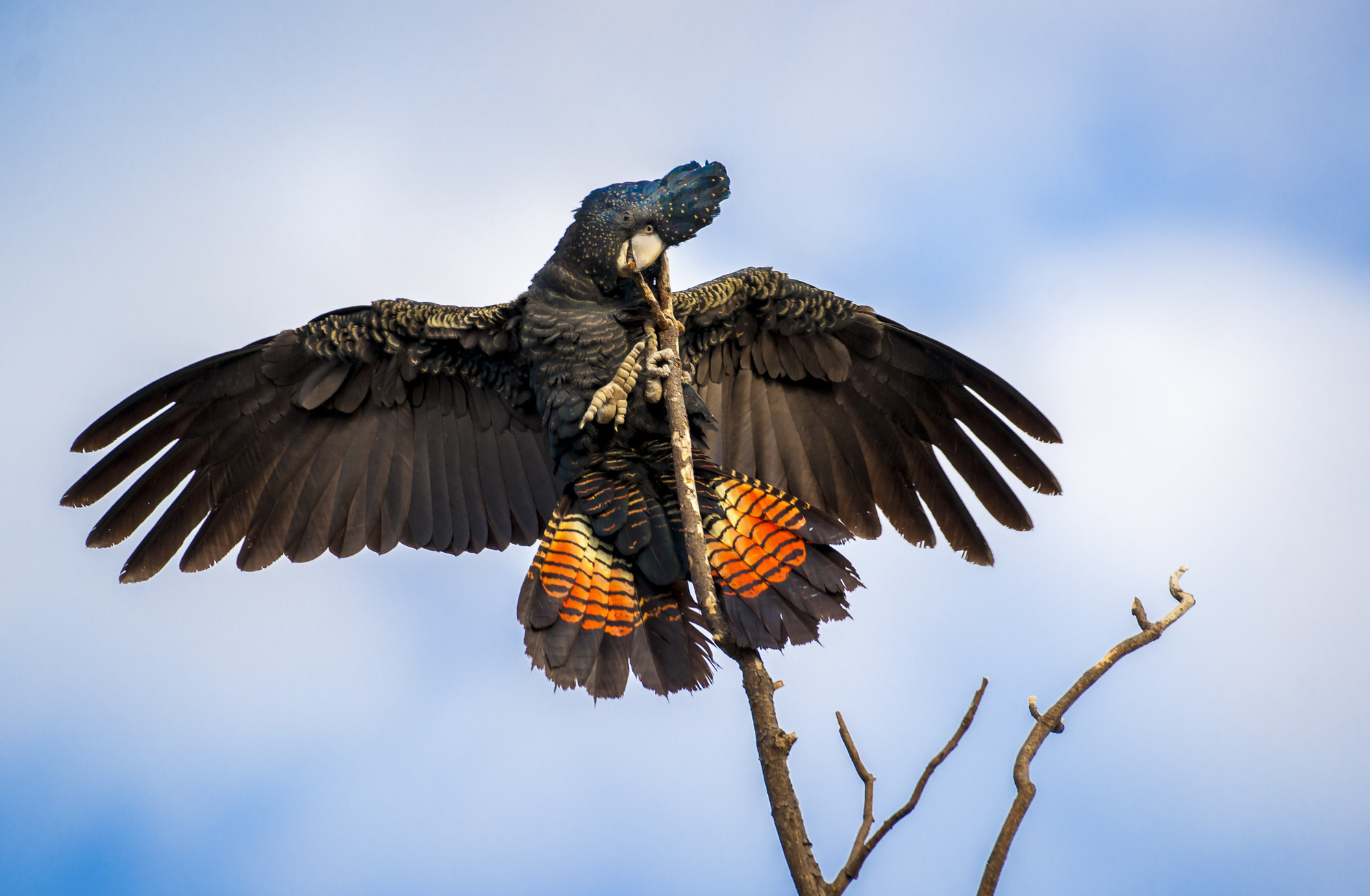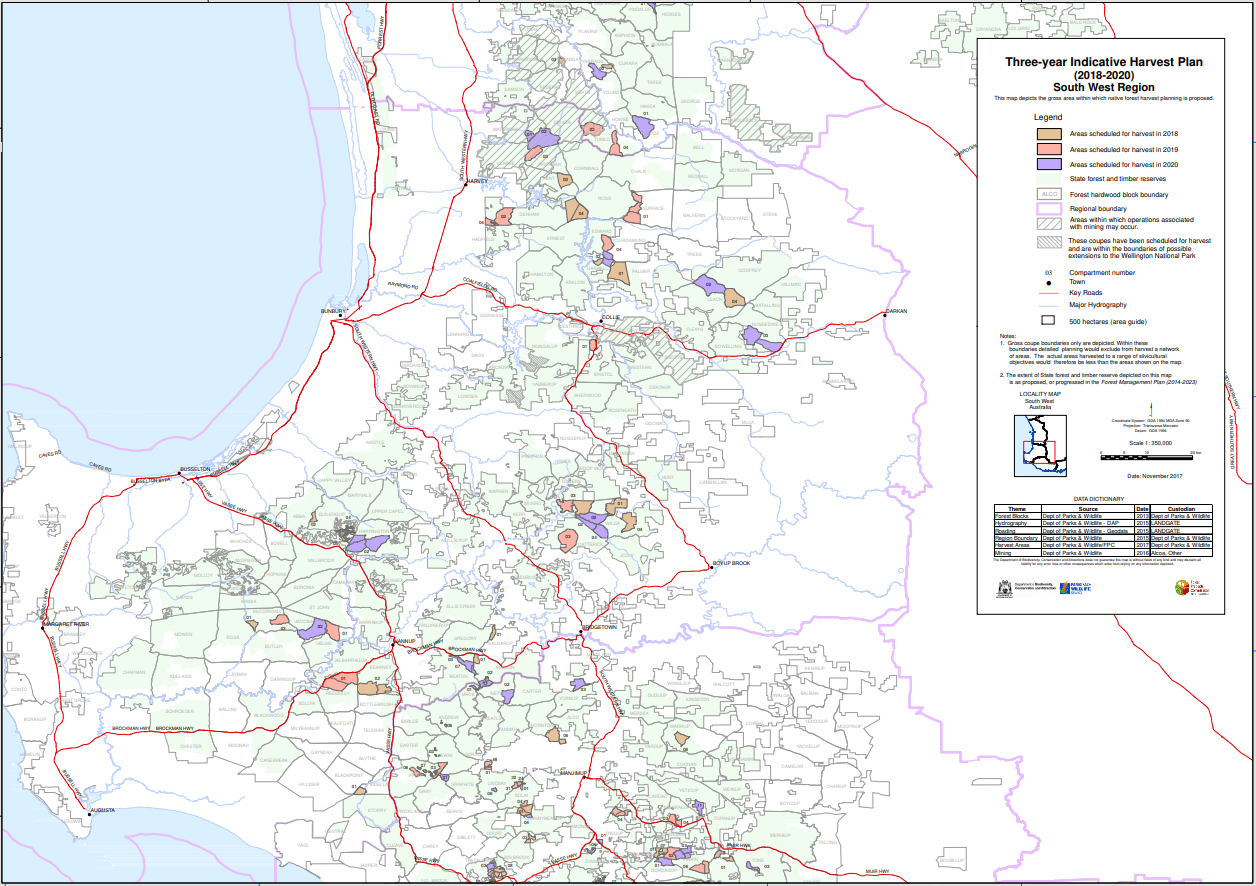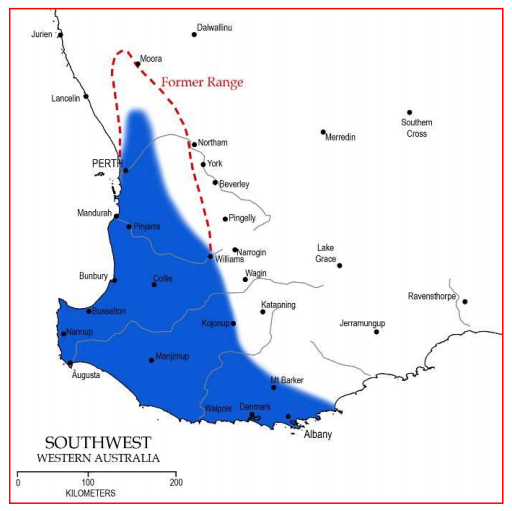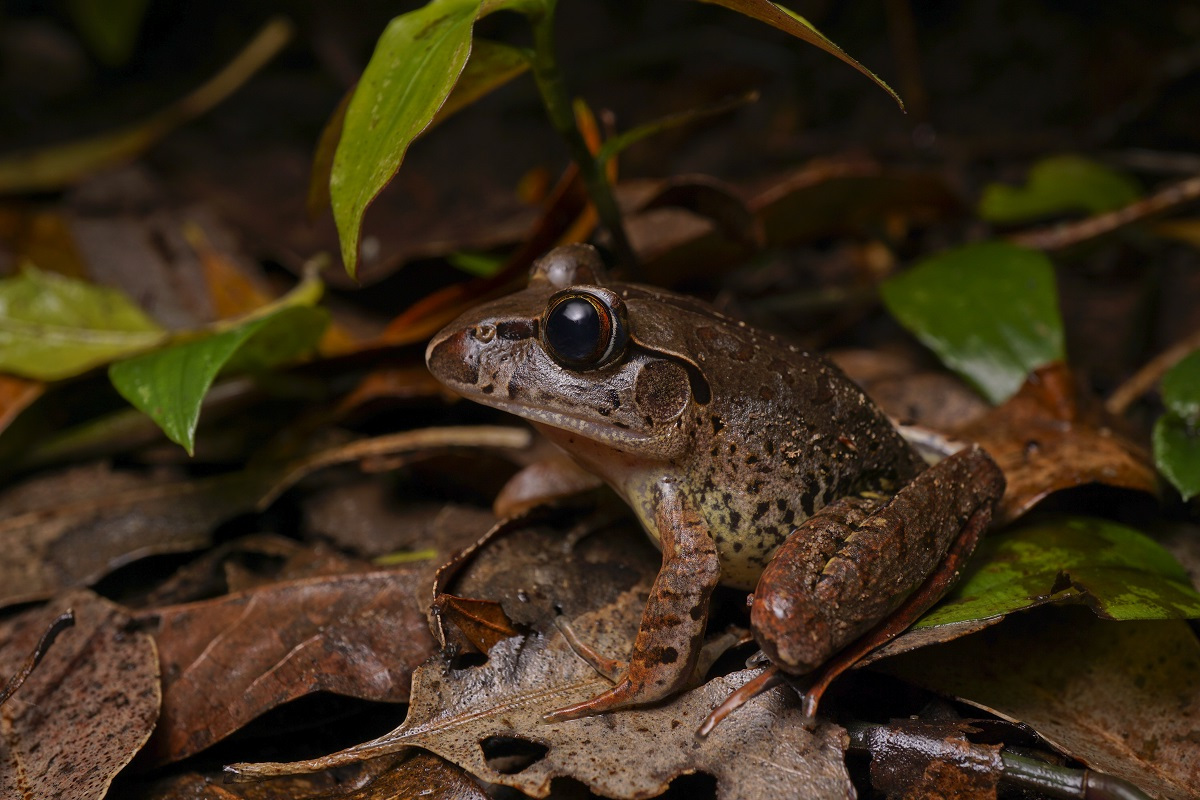News - 09 May 2019
Forest Red-tailed Black Cockatoo (WA)

karrak or Calyptorhynchus banksia naso
Conservation status: VULNERABLE Uplisted since RFA commenced? YES; in 2008 EPBC Act recovery plan? YES |
- First listed as ‘vulnerable’ in 2008—ten years into WA RFA. For reasons discussed below and in the literature, the ACTUAL conservation status of the Forest Red-tailed Black Cockatoo is likely far more serious than its current listing status would suggest.
Threats
“Habitat loss for agriculture, timber harvesting, woodchipping and mining appears to be the principal cause of the historical decline of Baudin’s Cockatoo and the Forest Red-tailed Black Cockatoo (Johnstone 1997; Mawson and Johnstone 1997). The long-term effects of this habitat loss may not yet have been fully realised because of the long life-span (Brouweret al. 2000) of the cockatoos. In the remaining habitat, selective removal of Marri for timber, mining, woodchipping and agriculture has resulted in further declines (Garnett and Crowley 2000, personal communication P. Mawson). The impacts of previous forest management practices for timber and woodchipping on Forest Black Cockatoo populations have not yet been quantified. However, forestry practices such as clear felling and 80-year cut rotations may restrict the availability of nest hollows (Saunders and Ingram 1995)… Hollows suitable for use by these two Forest Black Cockatoo species are scarce (personal communication R. Johnstone). Analyses have shown that trees with hollows large enough for use by Forest Black Cockatoos may be between 200 and 500 years of age (see Johnstone et al. 2002).”
Source: Forest Black Cockatoo Recovery Plan
WA Museum (2010): The Forest Red-tailed Cockatoo was formerly common, but is now rare to uncommon and patchily distributed over a range which has become markedly reduced. Usually seen in pairs or small flocks, seldom large flocks (up to 200). It has declined due to destruction of forests and woodlands, also competition for nest hollows with native and exotic species and the impact of fire. There are three subspecies of Red-tailed Black Cockatoo in Western Australia. Only the south-western subspecies, naso, is listed as Vulnerable.


Full South West WA logging plan maps
Next: Giant Barred Frog (NSW)

Our forest wildlife in crisis: the endangered Giant Barred Frog lives in streams impacted by logging and urban development.